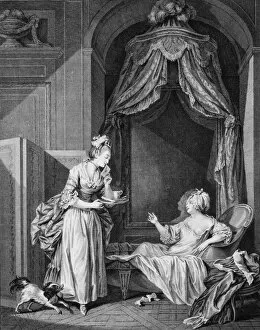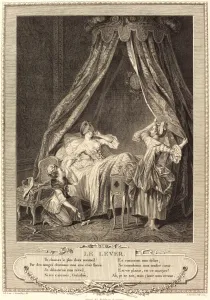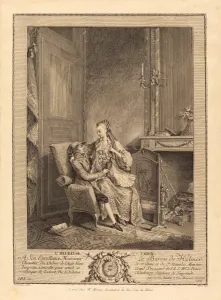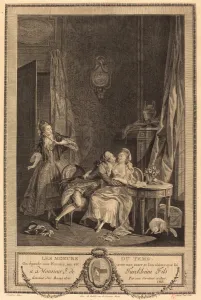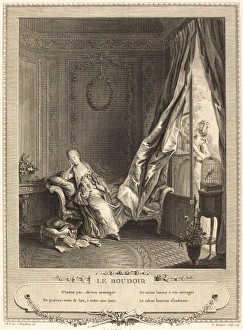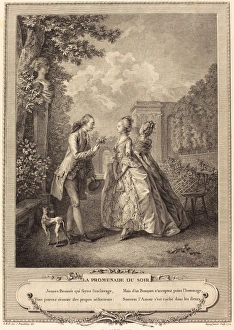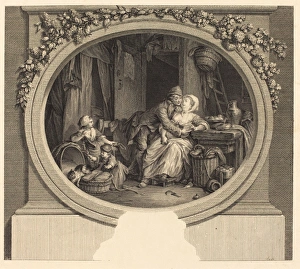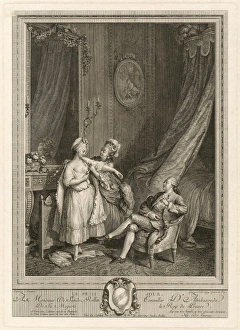Sigmund Freudenberger Collection
Sigmund Freudenberger, a French artist active in the late 18th century, was known for his exquisite and captivating artworks
All Professionally Made to Order for Quick Shipping
Sigmund Freudenberger, a French artist active in the late 18th century, was known for his exquisite and captivating artworks. His creations depicted various scenes of daily life, offering a glimpse into the society of that era. One of his notable works is "La Matinee (L heureuse Union)" created by Louis Bosse after 1789. This painting portrays a joyful union during a morning gathering. The vibrant colors and lively atmosphere capture the essence of happiness and togetherness. In another masterpiece titled "Le Bain (the Bath)", Antoine Louis Romanet beautifully captures the tranquility and relaxation found in bathing rituals. The soft hues and delicate brushstrokes create an aura of serenity, inviting viewers to immerse themselves in this intimate moment. Freudenberger's influence extended beyond paintings as seen in Massard's "Le Lecon de Clavecin". This artwork showcases the artistry involved in playing the harpsichord, highlighting Freudenberger's ability to inspire other artists through his work. "Les confidences", Charles Louis Linga e's creation after Sigmund Freudenberger, depicts an intimate conversation between two individuals. The attention to detail and emotional depth convey a sense of trust and connection within this private moment shared between friends or lovers. Other artists also drew inspiration from Freudenberger's style. Antoine Louis Romanet recreated one of his works with "Le lever", capturing the elegance and gracefulness associated with rising from bed each morning. Louis Bosse continued this trend with "The Happy Union, " which showcases joyous celebrations among couples post-1789 revolution. Pierre-Charles Ingouf followed suit by creating "Les moeurs, " depicting societal customs prevalent during that period. Freudenberger's impact on art can be observed through Pierre Maleuvre’s etching titled "Le boudoir. " This piece exudes sophistication while exploring themes related to femininity within private spaces.









